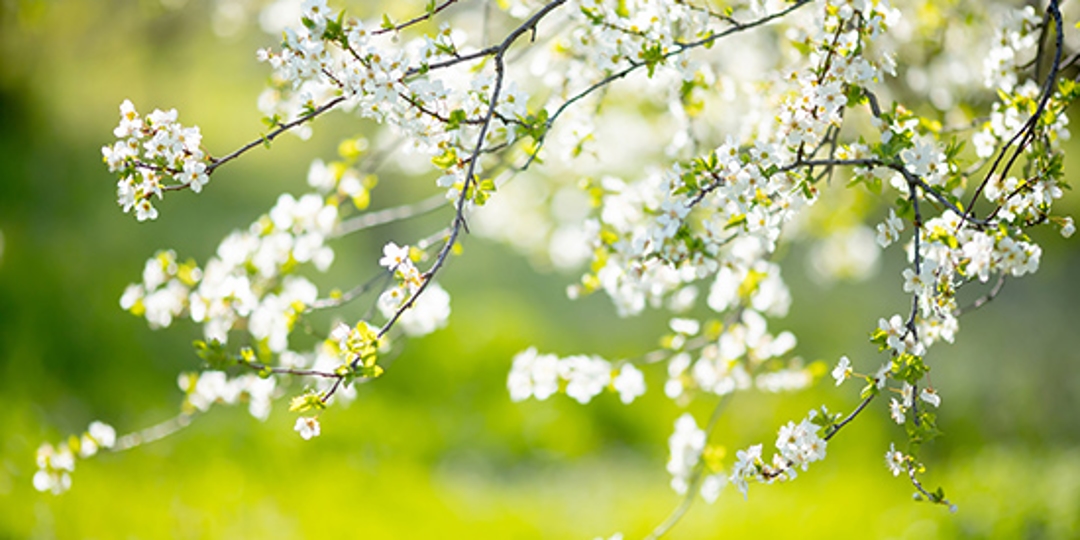If Trees Could Talk — Things Trees Tell Us & How Trees Communicate with Each Other
Through some pretty cool research, scientists are learning trees actually communicate with each other through underground networks of fungi. However, trees aren’t just shooting the breeze and gossiping about the newest shrub on the block. They use their complex network to send warnings and share nutrients with neighboring trees needing help. Trees don’t just talk to one another. They’re also trying to communicate with YOU! Join the Monster Tree Service team for a “tree talk” lesson covering how trees communicate with each other and what they’re trying to say to us. Let’s learn how to talk to trees!
How Do Trees Communicate with Each Other?
So, how do trees talk to each other? Before “tree talk” research took off, many scientists assumed trees competed for resources. However, new information shows they are much more collaborative. Ecologist Suzanne Simard is a pioneer of tree communication research. Her studies show trees communicate with each other through underground mycorrhizal networks, which are basically linked networks of fungi that transmit nutrients and signals between tree root systems. The trees and fungi share a symbiotic relationship. In exchange for transferring nutrients and “messages” to the trees, the fungi get a cut of the nutrients for themselves. Trees also communicate through the air, releasing pheromone scent signals to warn neighboring trees and call in reinforcements. For example, some trees that sense a pest infestation can release scents to attract natural predators to help them out. Since trees are stationary, it makes sense they would develop a way to communicate with neighboring trees. A threat to one tree is truly a threat to the entire forest. Between networks of fungi and scent messages, trees have developed their own form of “internet” communication. Call it the wood wide web!
Talking to Your Trees
Clearly, trees communicate with each other, but did you know that your trees are trying to talk to you too? Trees use signals to warn us when something isn’t right. For example, they may tell you they need more water or have a pest infestation. Professional arborists spend years learning “tree talk.” We’re here to help you interpret what your tree is saying and how to meet its needs. Learn what your trees are trying to tell you with these common tree signals.
Browning or Falling Leaves
Deciduous tree leaves change color and fall naturally every autumn. However, browning and falling leaves during the spring and summer months can signal a problem. Browning and falling leaves could signify too much sun exposure, dehydration, root damage, or pest infestation. If your region is prone to summer droughts, preparing trees for drought is necessary!
Bare Branches
While bare tree branches are normal in winter, trees missing their spring bloom may be trying to tell you they’re struggling. First, conduct a twig break-test to see how the tree is doing. If the twig is green and moist inside, it’s alive. If it is brittle and snaps, it may be dead. The tree may need pruning or additional nutrients if some branches are dead while others are still alive.
Spots and Blemishes
Spots and blemishes can occur on tree leaves, fruit, or bark. However, these blemishes are much more serious than acne. Spots can indicate an insect infestation or disease and can appear differently. For example, your tree leaves may look like they have rust spots or are covered in white powder, depending on the infestation.
Our Arborists Speak Tree!
Talking to trees is no easy job! Our professional arborists spend years tuning into the complex language of trees to communicate effectively. If you think your tree is trying to tell you something, contact your local Monster Tree Service for a free consultation. Our team will help you communicate with your tree and give the best recommendation to keep it healthy and thriving.

